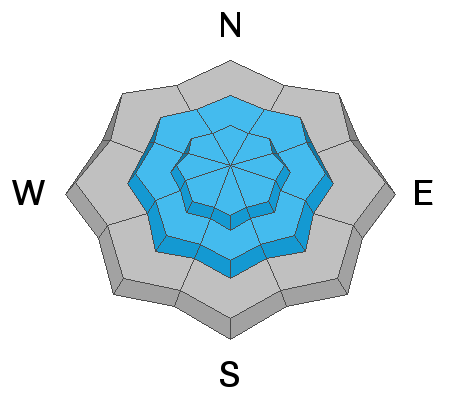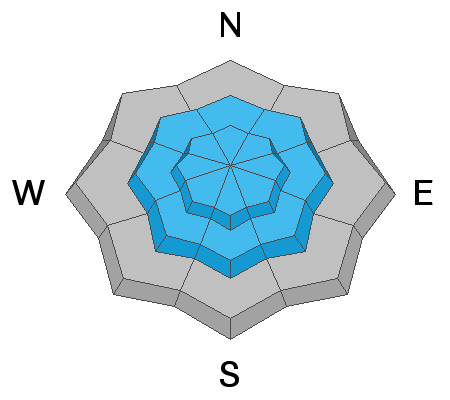Forecast for the Salt Lake Area Mountains

Issued by Nikki Champion on
Thursday morning, April 16, 2020
Thursday morning, April 16, 2020
This morning the overall avalanche danger is MODERATE at all mid and upper elevations. The strong westerly winds in combination with new snow will create unstable slabs of wind-drifted snow. Look for any signs of wind drifted snow, and avoid these slopes. Additionally, the new snow may produce shallow soft slab avalanches or long-running sluffs.
Evaluate snow and terrain carefully, and pay attention to changing weather patterns.

Low
Moderate
Considerable
High
Extreme
Learn how to read the forecast here











